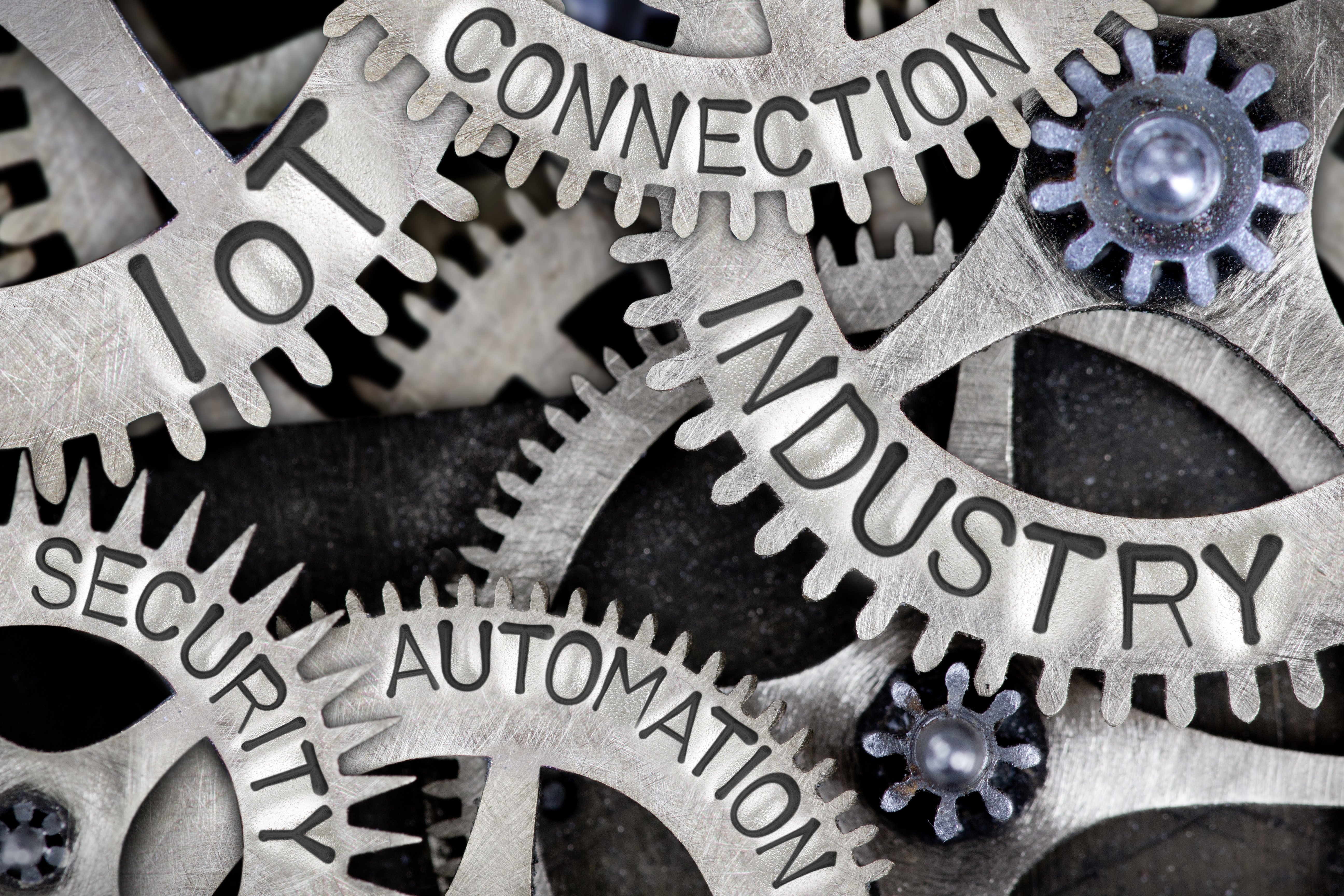Industrial Cybersecurity is Just as Important as Securing Information Systems
Massive data breaches are what grab headlines, but industrial cybersecurity attacks can be devastating in the real world. Tesla has just learned this lesson the hard way. CEO Elon Musk has accused a malicious company insider of altering product code, stealing data and exporting it to third parties – and possibly even causing a factory fire. According to an internal email obtained by CNBC, Musk stated that the employee made “direct code changes to the Tesla Manufacturing Operating System under false usernames and export[ed] large amounts of highly sensitive Tesla data to unknown third parties.” The employee allegedly admitted that he sabotaged the company’s systems because “he wanted a promotion that he did not receive.”

According to the email, Tesla has not determined if the employee acted alone or in conjunction with other disgruntled insiders or outside hackers.
IT-OT Convergence Necessitates Stronger Industrial Cybersecurity
Although attacks on industrial systems – the “behind-the-scenes” technology that powers factories, mining operations, and critical infrastructure such as utilities, healthcare facilities, and transportation networks – are rapidly escalating, industrial cybersecurity remains, at best, an afterthought. Many industrial organizations focus their security efforts on their information technology (IT) and give little thought to their operational technology (OT) other than possibly air-gapping their OT systems.
For many years, air-gapping worked. Industrial networks enjoyed “security by isolation” and “security by obscurity.” Many industrial organizations, especially utility companies, employ equipment that is literally decades old; it was built before the internet as we know it today existed and was developed for reliability and safety, not cybersecurity.
However, the advent of the internet and the convergence of IT and OT have negated both security by isolation and security by obscurity. While OT systems once ran on simple, isolated, point-to-point networks with proprietary communication tools, they are now connected to enterprise networks, with open protocols such as the Ethernet and Internet protocol (IP). Additionally, OT networks are frequently connected to each other and, at least to some extent, to enterprise IT systems. Even allegedly “air-gapped” OT systems are accessible via USB drives or Bluetooth.
Industrial Equipment Needs Industrial Cybersecurity
Some organizations attempt to apply the same cybersecurity principles that they use on their IT systems to their industrial equipment. This is entirely wrong. While there are some similarities, securing industrial networks is quite different than securing IT networks. OT and IT employees are often siloed from each other; many IT employees, even those with many years of experience, are wholly unfamiliar with the highly specialized equipment and procedures on the OT side. The two sides also have different concerns, especially regarding reliability and safety.
Unlike IT equipment, which processes, stores, and transmits data, OT equipment controls industrial processes that impact the real world. Hackers who breach IT systems can do things like steal data or crash ordering systems. Although these attacks are quite damaging in their own right, attacks on OT systems could destroy industrial equipment or cause it to malfunction, potentially putting human life and safety at risk – as in the Tesla factory fire. Some security experts have pointed out that it could have been worse; a breach of Tesla’s industrial systems could allow hackers to alter the firmware in the company’s cars, perhaps with deadly consequences.
Realizing the unique requirements of industrial cybersecurity, NIST developed SP 800-82, Guide to Industrial Control Systems (ICS) Security. SP 800-82 is “intended to help pipeline operators, power producers, manufacturers, air traffic control centers and other managers of critical infrastructures to secure their systems while addressing their unique performance, reliability, and safety requirements.” It references ISA/IEC-62443, a common set of standards for industrial control systems.
The threats to industrial cybersecurity are real and growing. It is imperative that organizations put the proper technologies and processes in place to protect their equipment, employees, and the public at large.
The cybersecurity experts at Continuum GRC have deep knowledge of the cybersecurity field, are continually monitoring the latest information security threats, and are committed to protecting your organization from security breaches. Continuum GRC offers full-service and in-house risk assessment and risk management subscriptions, and we help companies all around the world sustain proactive cybersecurity programs.
Continuum GRC is proactive cybersecurity®. Call 1-888-896-6207 to discuss your organization’s cybersecurity needs and find out how we can help your organization protect its systems and ensure compliance.




Related Posts